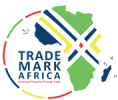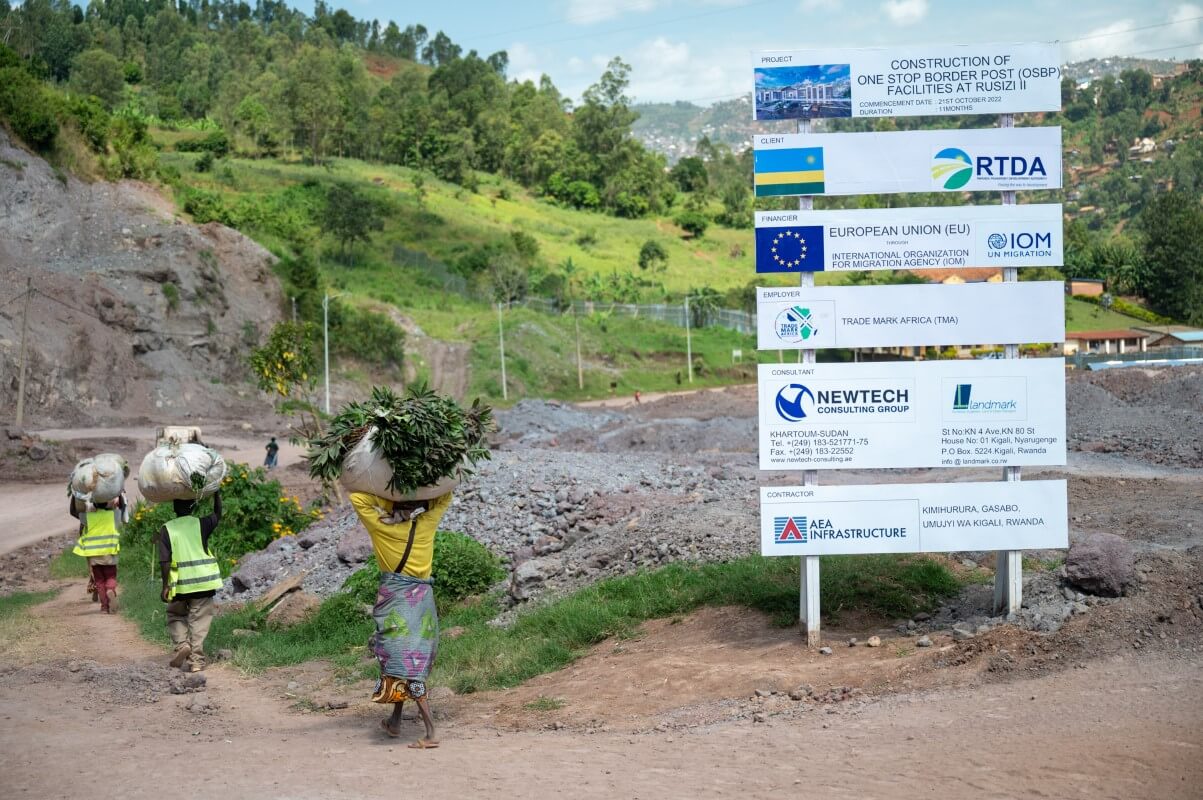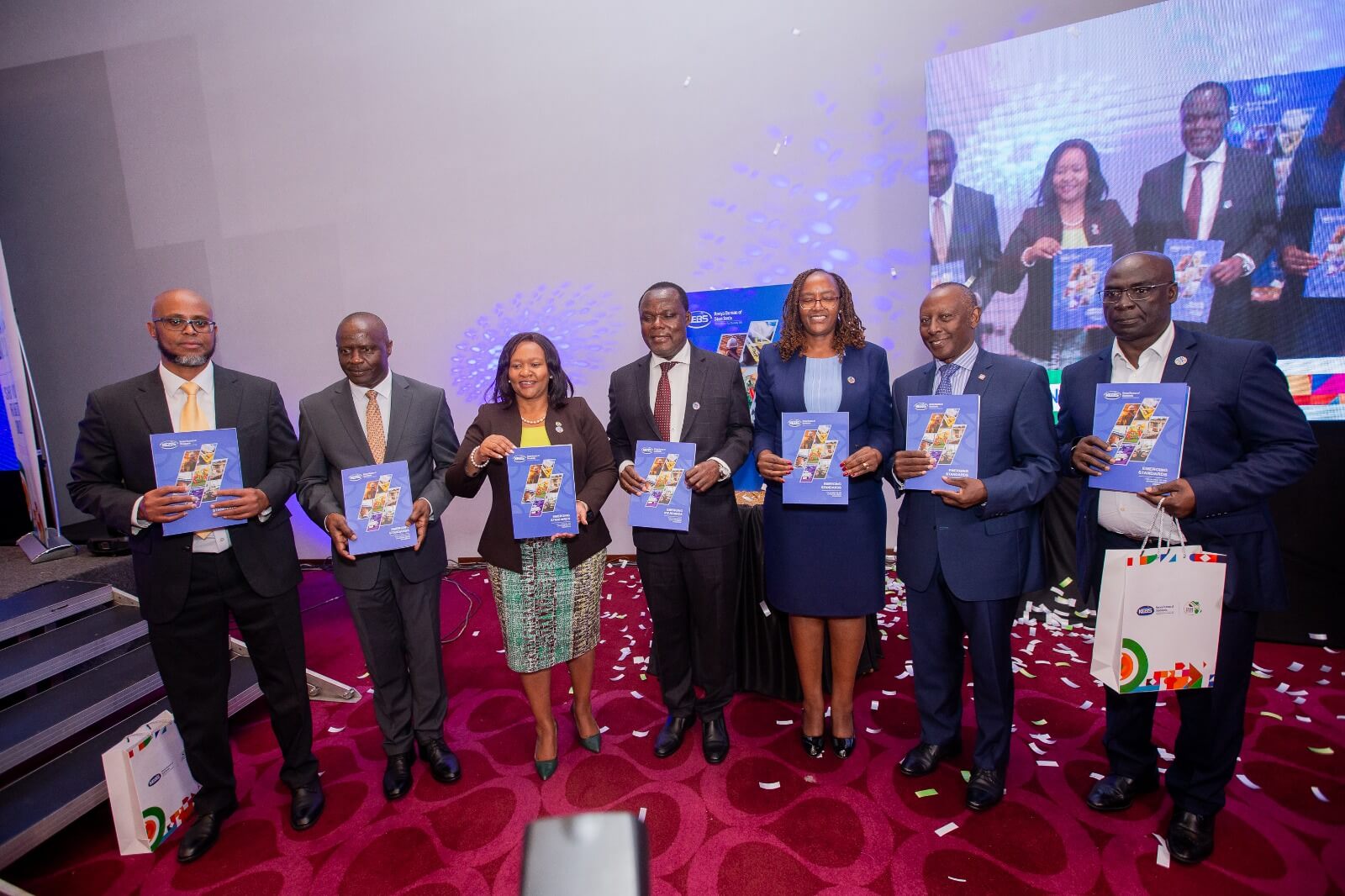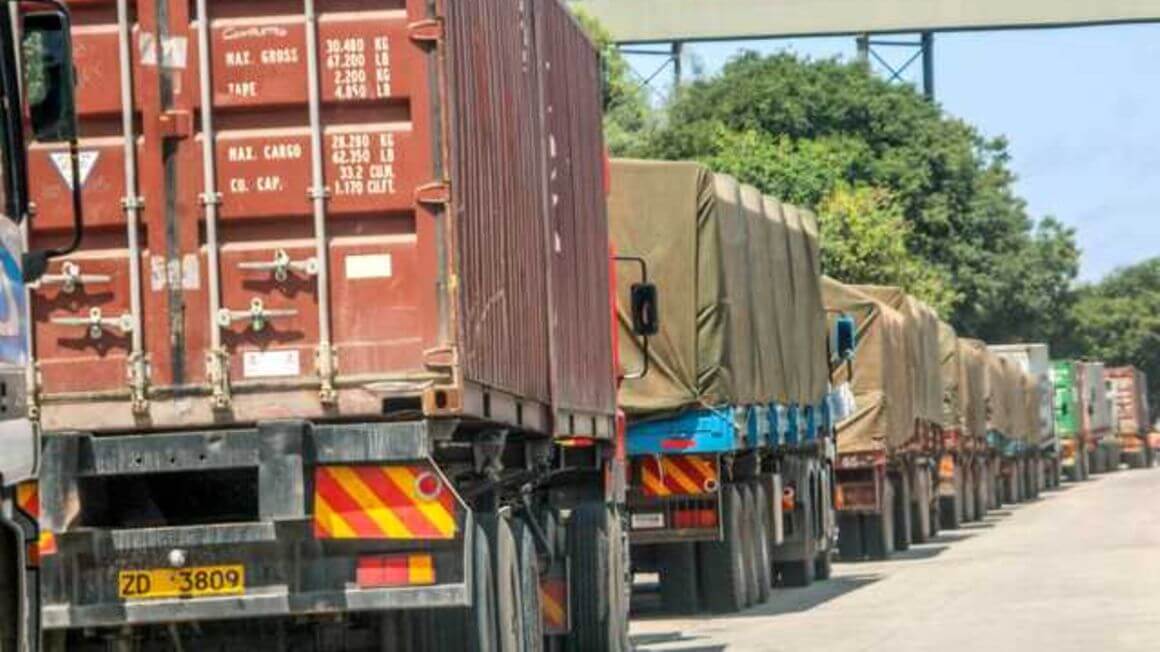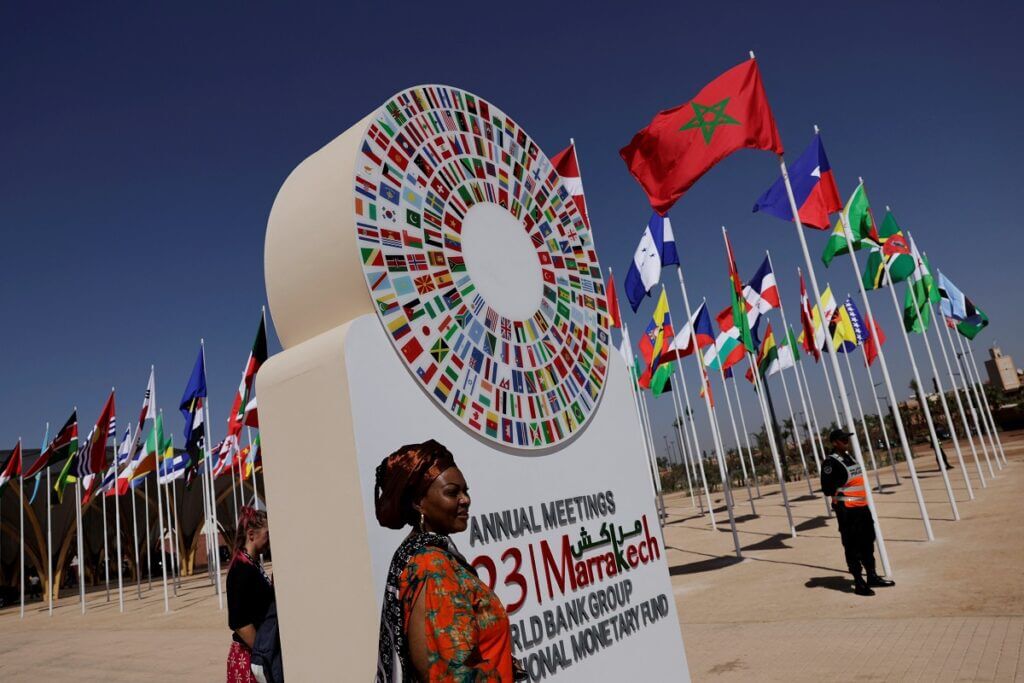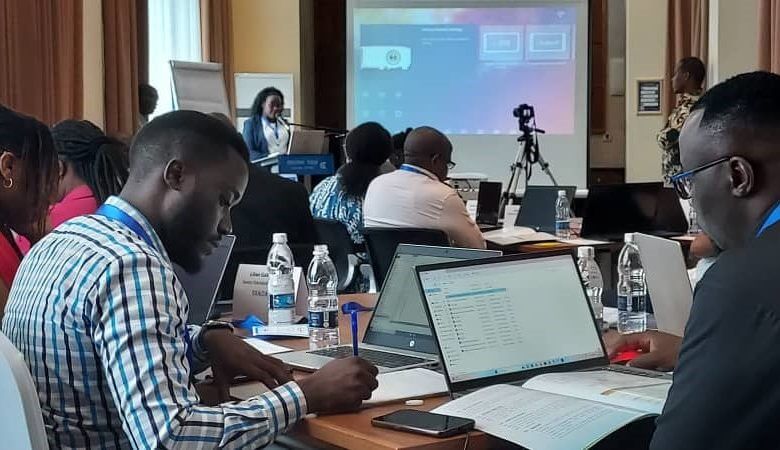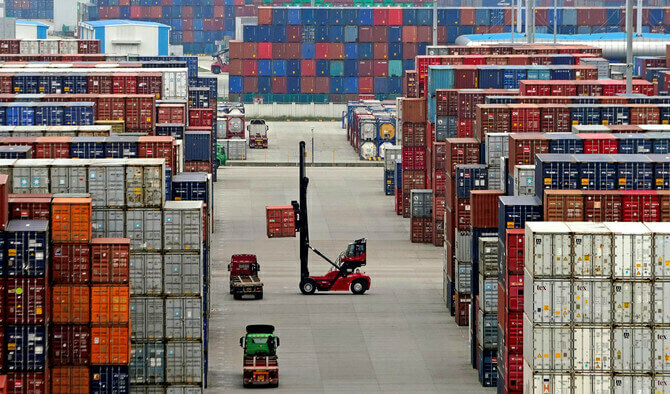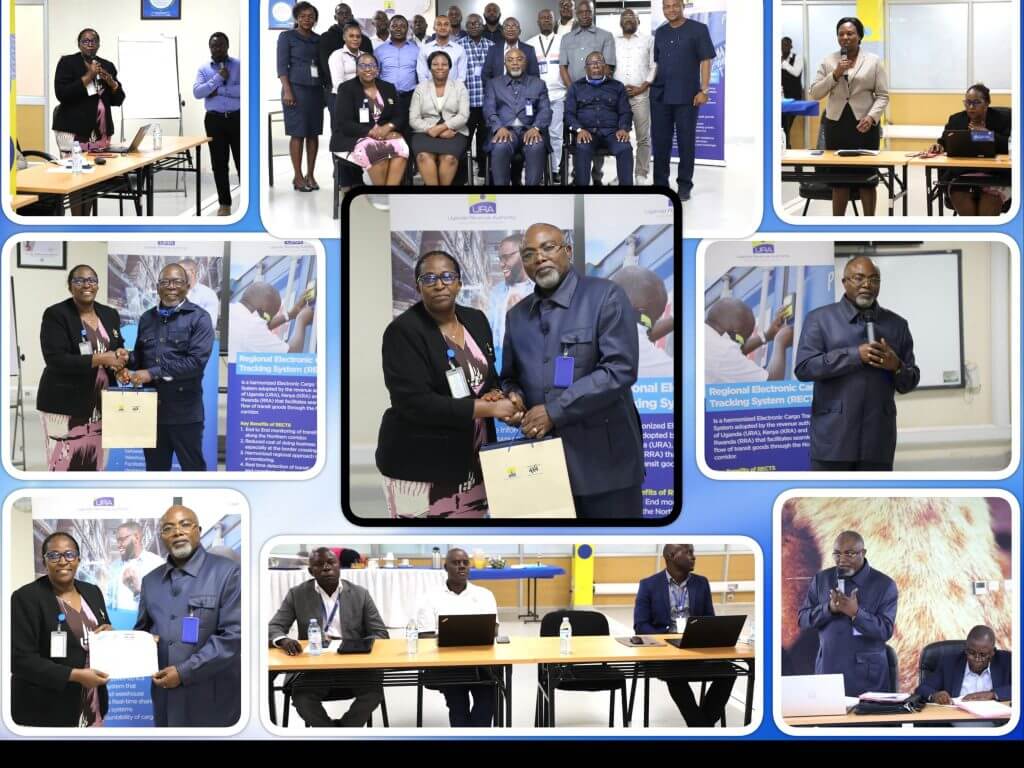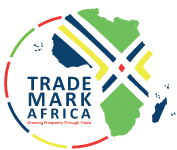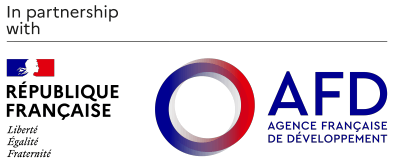Rusizi, 23 October 2023 – It is still dark when Verena, a mother of five, wakes up at the crack of dawn to start her day. She is part of a cross-border cooperative alongside other women with whom they purchase legumes and vegetables from wholesalers in Rwanda to resell at the border with the Democratic Republic of the Congo (DRC). For women who form a majority of the traders at the border crossing, this is a major part of their livelihood. The journey from Rusizi in Rwanda where they purchase their wares to the border is about 10 km. If they are unable to find a truck to transport everything across the border, they must carry the produce the last kilometer by themselves. This means spending a better part of the day on the road. “At times we carry products on our heads which in that case means going back and forth at least three times a day,” Verena explains. On any given day, cross-border traders like Verena make roughly RFW 1,000 in profit (USD 0.85) which is well under the global poverty line of USD 2.15. Trade at the border is the sole source of income for her family. Aside from slim profits, female cross-border traders like Verena face other obstacles to generating income on a daily basis. Among them, restrictions to mobility at the border brought by the global pandemic led to reliance on middlemen to sell their products at the Congolese markets at the expense of being shortchanged. “Agents often...
In Rwanda, Female Cross-border Traders Find Solidarity in the Face of Adversity
Posted on: October 27, 2023
Posted on: October 27, 2023
